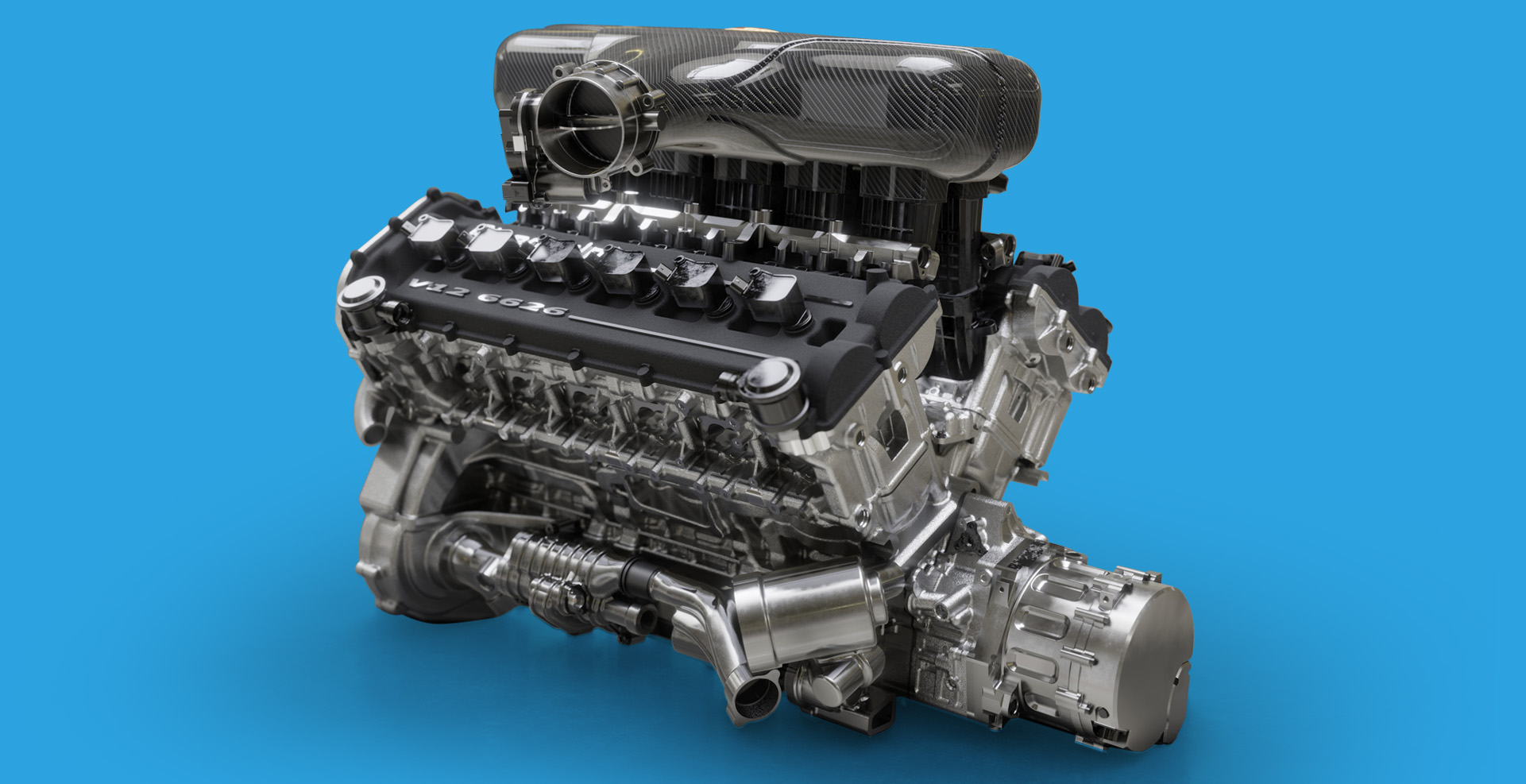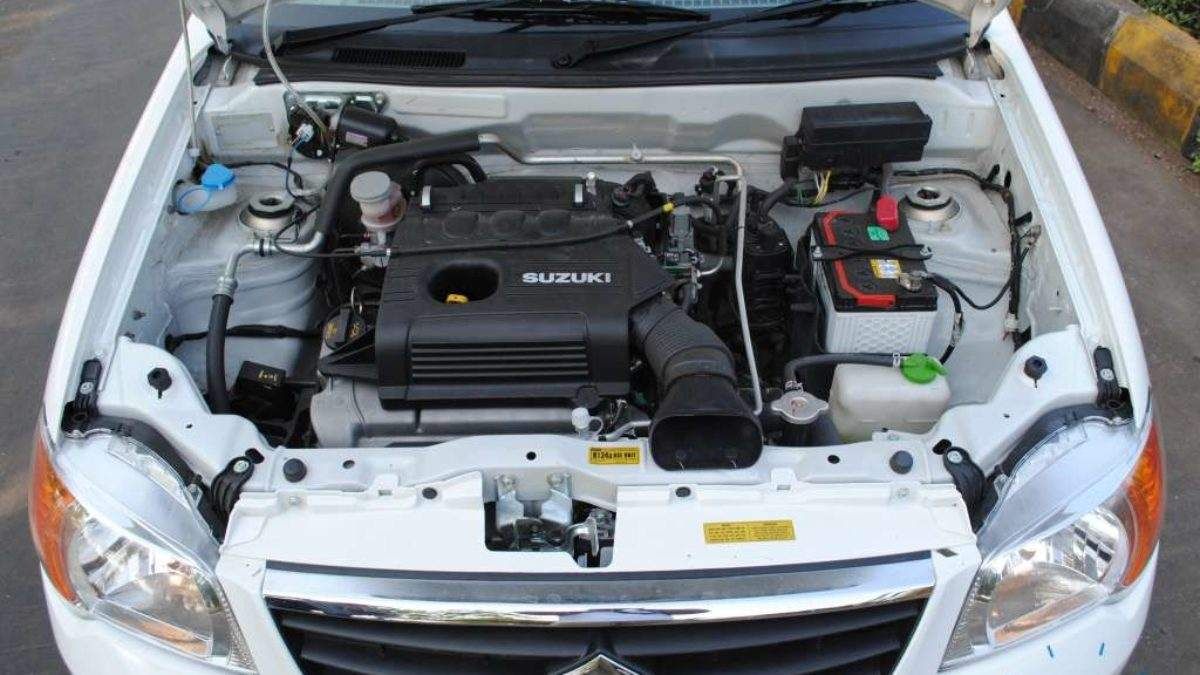Your Go-To Car Parts Store for Engines for Africa and More
Your Go-To Car Parts Store for Engines for Africa and More
Blog Article
The Mission for Ultimate Driving Power: Exploring the Peak of Engine Performance and Technological Advancements in the Automotive Market
In the world of vehicle design, the pursuit of maximum driving power has been a relentless quest that has unravelled with the development of engine design and the assimilation of innovative innovations. From the thorough craftsmanship of combustion engines to the fast developments in electrical propulsion systems, the automotive market stands at the cusp of a brand-new era defined by unprecedented performance capacities. As designers and researchers delve much deeper right into the realms of computational liquid characteristics and explore ingenious fuel innovations, the perspective of opportunities increases greatly. Keep tuned as we unravel the elaborate tapestry of technological advancements that are forming the future of vehicle power and efficiency.
Development of Engine Style

In addition, the integration of turbocharging and supercharging innovations has actually changed engine design by improving power without considerably boosting engine dimension. These forced induction systems press the consumption air, allowing for even more fuel to be combusted, thereby generating better power result from a smaller engine. This development has been particularly vital in boosting the performance of smaller displacement engines while maintaining gas performance criteria.

Performance-Enhancing Gas Technologies
The implementation of advanced gas modern technologies has actually dramatically added to boosting engine efficiency in contemporary cars. From conventional gasoline and diesel to innovative biofuels, synthetic gas, and hydrogen, the vehicle field is experiencing a transformation in fuel options. Biofuels, stemmed from renewable sources like corn, sugarcane, or algae, offer improved and lowered discharges engine effectiveness. Artificial gas, generated through chemical procedures, supply high octane rankings, enhancing power outcome. Hydrogen gas cells, although still in the beginning of fostering, reveal wonderful assurance because of their zero-emission nature and possibility for high efficiency. Additionally, fuel ingredients and cleaning agents are being created to clean engine parts, enhance burning, and minimize friction, therefore improving overall lorry performance. With recurring research study and development, the mission for the ultimate driving power proceeds, as engineers aim to open the full possibility of performance-enhancing fuel innovations in the automotive market.
Improvements in Electric Propulsion
Substantial strides in electrical propulsion technology have transformed the vehicle sector, leading the means for a new age of reliable and lasting transportation. Electric cars (EVs) are acquiring popularity as a result of their ecological advantages and developments in battery innovation, making it possible for longer driving arrays and much shorter charging times. Producers are spending heavily in r & d to improve the performance of electric propulsion systems, focusing on increasing power output, improving power performance, and lowering total weight.
One significant breakthrough in electric propulsion is the growth of innovative electric motors that supply higher torque and power thickness, leading to boosted velocity and overall driving efficiency. Furthermore, regenerative braking systems have actually been refined to record and keep energy throughout slowdown, further enhancing the effectiveness of EVs.
Moreover, the assimilation of clever innovations, such as expert system and predictive analytics, is enhancing the management of electrical propulsion systems, guaranteeing optimum performance under different driving conditions. These improvements in electric propulsion are reshaping the automotive landscape, driving the market in the direction of a more lasting and electrified future.
Effect of Computational Liquid Dynamics
With innovations in electric click here now propulsion pressing the borders of vehicle modern technology, the combination of Computational Liquid Dynamics is playing an essential duty in optimizing wind resistant performance and improving total effectiveness in lorry design. Computational Liquid Characteristics (CFD) includes using computer simulations to assess the circulation of air around a vehicle, allowing designers to forecast exactly how layout modifications will certainly impact aerodynamics without the requirement for costly physical prototypes. By accurately modeling airflow patterns, CFD enables for the refinement of lorry shapes to reduce drag, enhance cooling, and boost stability.
CFD enables designers to enhance airflow around parts such as radiators, engine bays, and wheel look at these guys wells, adding to improved efficiency and total driving experience. In final thought, the integration of Computational Liquid Dynamics stands for a substantial step onward in the mission for supreme driving power and performance in the vehicle industry.
Future Fads in Engine Advancement
In the dynamic landscape of automotive design, innovative developments are forming the future trajectory of engine advancement. The future of engine style is noted by a strong focus on performance, efficiency, and sustainability. Makers are progressively concentrating on establishing engines that not just provide high power outputs yet likewise prioritize ecological obligation by enhancing and decreasing exhausts fuel efficiency.
One prominent trend in engine innovation is the surge of electrification. Hybrid and electric powertrains are gaining grip as feasible alternatives to traditional burning engines. These innovations offer the potential for substantial reductions in carbon discharges and raised energy effectiveness, lining up with worldwide initiatives to battle environment change.
Additionally, innovations in products scientific research and production techniques are enabling the production of lighter and much more long lasting engine elements. This change in the direction of light-weight products such as carbon fiber and light weight aluminum alloys adds to boosted performance and fuel economic climate.
Final Thought
To conclude, the quest of utmost driving power in the browse around this site auto market remains to drive improvements in engine design, gas innovations, electrical propulsion, and computational fluid characteristics. The development of these innovations is shaping the future of engine innovation, leading the method for much more effective and efficient automobiles (engines for africa). As the market remains to push the borders of what is feasible, we can expect to see even extra cutting-edge growths in the mission for peak performance
One of the vital landmarks in engine style evolution is the change from standard carbureted engines to contemporary fuel-injected systems. By precisely metering the gas shipment to each cylinder, fuel-injected engines maximize combustion, resulting in better efficiency and minimized environmental influence.
Moreover, the combination of turbocharging and supercharging modern technologies has transformed engine design by boosting power without dramatically boosting engine size (engines for africa).The execution of sophisticated fuel technologies has actually substantially contributed to enhancing engine efficiency in contemporary vehicles. Additionally, gas ingredients and detergents are being formulated to tidy engine elements, optimize burning, and reduce rubbing, consequently increasing overall automobile performance
Report this page